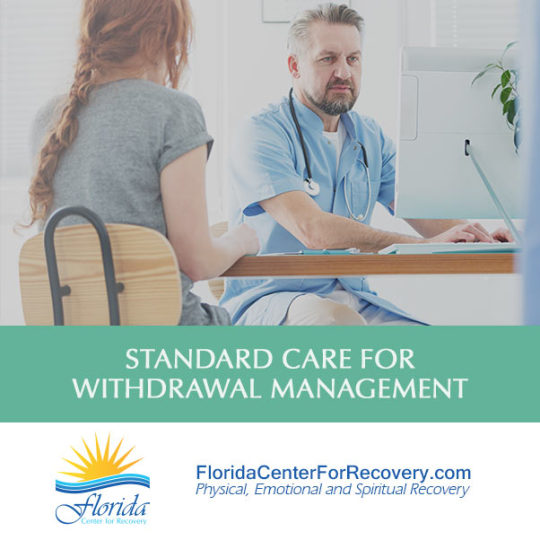#withdrawalmanagement
Text
Understanding Opioid Withdrawal Syndrome: A Complete Overview

Opioids are a type of drugs that are commonly prescribed to treat pain. Opioids contain both opiates and synthetic opioids like oxycodone, hydrocodone, and methadone, which have identical effects. When the usage of opiate drugs is stopped, it may build various withdrawal symptoms and collectively these symptoms are known as opioid withdrawal syndrome (OWS).
The surge in opioid addiction cases and the involvement of both governmental and private institutions propel the market growth. The general population currently experiences a wide spectrum of severe and chronic ailments, such as cardiovascular, neuropathic, and other conditions. In addition, according to a research report by Astute Analytica, the global Opioid Withdrawal Syndrome (OWS) Market is likely to increase at a compound annual growth rate (CAGR) of 10.4% over the projection period from 2022 to 2030.
Treatment for opioid withdrawal syndrome and home remedies:
Most people should seek a doctor's assistance to stop using opioids because it can be challenging to do so safely. They do some things:
Give the patient medications like buprenorphine or methadone that can help with symptoms and cravings. Their doctor will gradually reduce the dosage until they no longer require it.
Give the drugs to settle the stomach if a person experiences nausea or diarrhea, and advise them to drink more liquids to make up for the water their body is losing.
Give the medicines to manage the blood pressure if it's high.
Methods for controlling opioid withdrawal:
Yoga, meditation, and other mind-body practices can help people manage their pain while they're going through opioid withdrawal.
By drinking enough water, a person can avoid becoming dehydrated. This might happen when they're going through opioid withdrawal, especially if they feel unwell, vomit, or perspire.
Asking for assistance is crucial. Inform their close friends and coworkers that people may need more assistance if they are experiencing opioid withdrawal.
Medicines used to control the opioid withdrawal syndrome:
Some medicines may help control the opioid withdrawal syndromes and enhance the person's comfort during the process. These consist of:
Diazepam: It lowers the feelings of anxiety and irritability.
Clonidine: It treats symptoms such as irritability, sweating, fast heartbeat, and high blood pressure
Metoclopramide: It assists in controlling the vomiting or nausea.
How long does opioid withdrawal syndrome have an impact?
The kind, dose, and duration of the opioid taken, as well as how long a person has been using it, will all affect when and how long a person's withdrawal symptoms from the opioid start.
For instance, a person may suffer withdrawal symptoms 6 to 12 hours after taking their last dose if a person taking prescription opioids that are quick-acting, like oxycodone, or if they're using the narcotic heroin. After two days, the symptoms often peak and then subside after a week or so.
A person may experience withdrawal symptoms one or two days after taking their final dosage of methadone or another opioid that releases slowly in their body. The symptoms can linger for three to six weeks, but they are typically not as severe as those caused by fast-acting opioids.
Content Source:
Understanding Opioid Withdrawal Syndrome: A Complete Overview
Recently Published Blogs:
Dermatoscope: A Crucial Tool for Assessing Skin Lesions
Everything About Wearable Electrocardiography (ECG) Devices
The Best Spectacle Lens Manufactures in the World
The Impact of Digital Therapeutics on Day-to-Day Life
#OpioidWithdrawal#OpioidAddiction#SubstanceAbuse#Recovery#AddictionTreatment#WithdrawalSymptoms#OpioidCrisis#Rehabilitation#MentalHealth#PhysicalHealth#DrugDependency#OpioidRecovery#MedicalTreatment#WithdrawalManagement#HealthcareSupport#OpioidWithdrawalSyndrome(OWS)Market
0 notes
Photo

STANDARD CARE FOR DETOX AND WITHDRAWAL MANAGEMENT
Want to know more about withdrawal management? Visit our blog: https://www.floridacenterforrecovery.com/blog-detail.php?nid=109
Find expert compassionate care at Florida Center For Recovery where individuals struggling with addiction and their families can heal from the disease of addiction.
#WithdrawalManagement#AlcoholDetox#DrugDetox#MedicalDetox#AlcoholDetoxCenter#DrugDetoxCenter#FloridaCenterForRecovery
0 notes